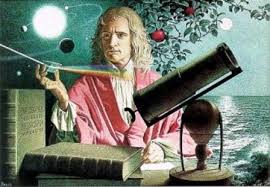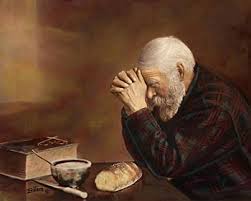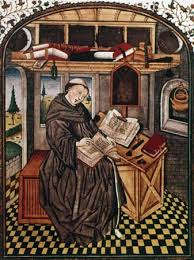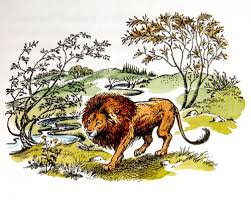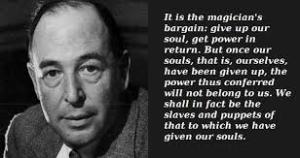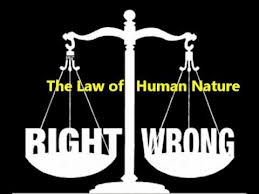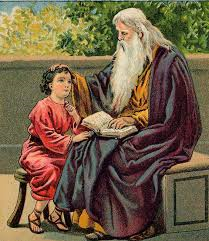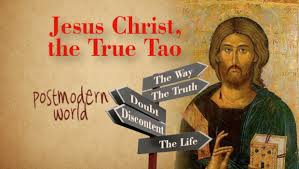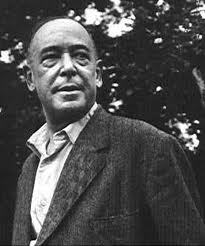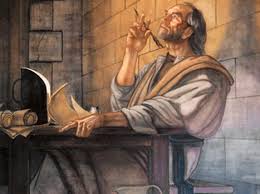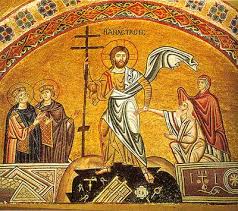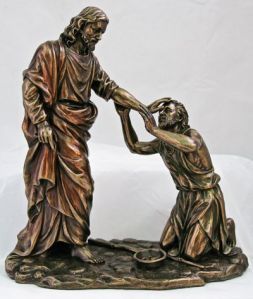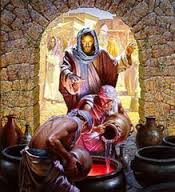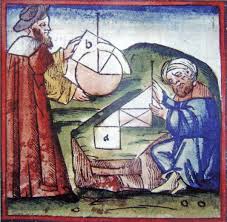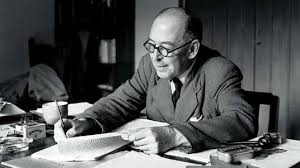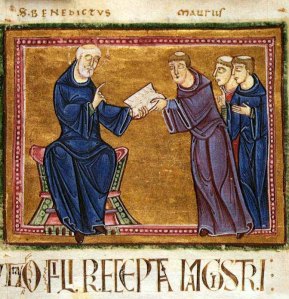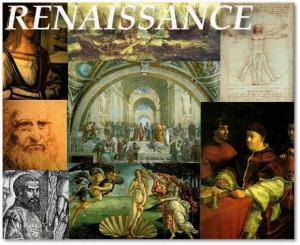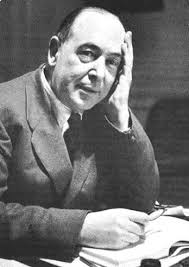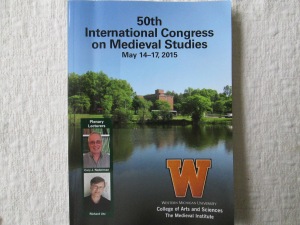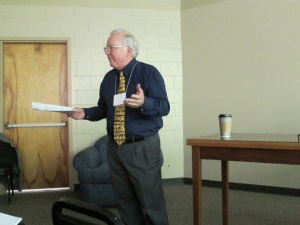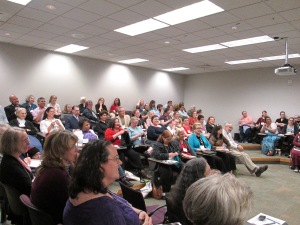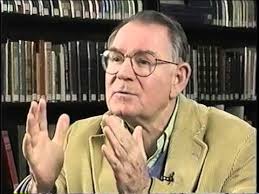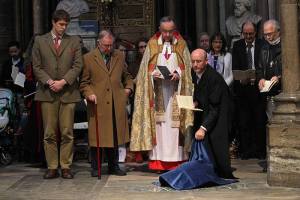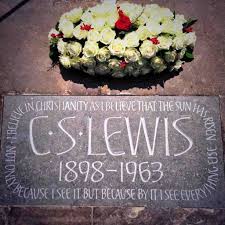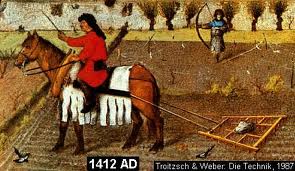
In addition to the intellectual ferment which provided the new wine of modern science, the Medieval Period was also a time of practical inventions: In agriculture there was the invention of the heavy plough, horse collar, and horseshoes.
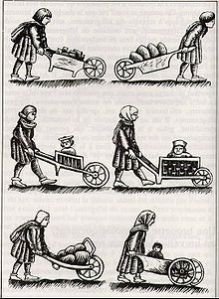
In manufacturing, the wheelbarrow was made to help with mining and industry along with the adaption of the blast furnace for melting and shaping metals and glass. Concerning the passage of time, mechanical clocks were invented, first for set prayer times in the monastery and then adapted into public clock towers in the town square.

On the domestic front, spinning wheels were improvised to assist in the production of cloth. And in the field of medicine, the first spectacles for farsighted people were invented.14 These were just a few of inventive technologies that assisted in medieval life. To stereotype this period as bereft of human invention, therefore, is to use selective censorship to avoid giving credit where it is due.
But the medieval world was not only characterized by inventions. It also carried highly organized disciplines of thought. The pervasive idea that medieval man would superstitiously seek out Catholic “magic” to stave off the terrible challenges of sickness, bad weather, and death is profoundly misleading.
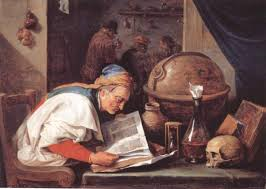
In reality, the educated man who lived in the Middle Ages was more of a systematized manager of life’s challenges than a primitive animist using spells and potions. Of this, Lewis wrote: “There was nothing medieval people liked better, or did better, than sorting out and tidying up. Of all our modern inventions I suspect that they would most have admired the card index.”15 In our age of computerized data entry and analysis, Lewis’ reference to the index card seems both dated and almost amusing. But in the big picture, Lewis understood: “At his most characteristic, medieval man was not a dreamer nor a wanderer. He was an organiser, a codifier, a builder of systems.”16 Why is this significant to the development of modern science? Because medieval man developed systems his intellectual descendants would adapt to accommodate new scientific discoveries about nature.
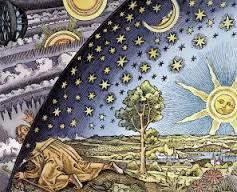
Another misconception about the medievalist’s worldview was its allegiance to irrational beliefs such as a flat earth and a primitive understanding of the heavens. To correct this misconception, Lewis wrote: “You will read in some books that the men of the Middle Ages thought the Earth flat and the stars near, but that is a lie. Ptolemy had told them that the Earth was a mathematical point without size in relation to the distance of the fixed stars—a distance which one medieval popular text estimates as a hundred and seventeen million miles.”17 In other words, the educated European of the Middle Ages knew the earth was a sphere and very small in size when compared to many other heavenly bodies. This had been established by Greek philosophers since the sixth century BC.
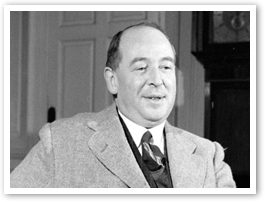
And so we see that from Lewis’ perspective the roots of modern science can be traced to the Medieval World. Scholarship in the Middle Ages provided the theistic assumptions that made the examination of a rational universe possible. This along with the Greco-Roman heritage helped establish the intellectual foundation out of which modern science grew.
The Creator has placed capacities for creativity and work within the heart of man. What can we learn from these Bible verses on the subject?
30 Then Moses said to the people of Israel, “See, the Lord has called by name Bezalel the son of Uri, son of Hur, of the tribe of Judah; 31 and he has filled him with the Spirit of God, with skill, with intelligence, with knowledge, and with all craftsmanship, 32 to devise artistic designs, to work in gold and silver and bronze, 33 in cutting stones for setting, and in carving wood, for work in every skilled craft (Exodus 35:30).
10 Whatever your hand finds to do, do it with your might,[a] for there is no work or thought or knowledge or wisdom in Sheol, to which you are going (Ecclesiastes 9:10).
29 Do you see a man skillful in his work? He will stand before kings; he will not stand before obscure men (Proverbs 22:29).
10 For we are his workmanship, created in Christ Jesus for good works, which God prepared beforehand, that we should walk in them (Ephesians 2:10).
23 Whatever you do, work heartily, as for the Lord and not for men, 24 knowing that from the Lord you will receive the inheritance as your reward. You are serving the Lord Christ (Colossians 3:23).
Share your thoughts.



